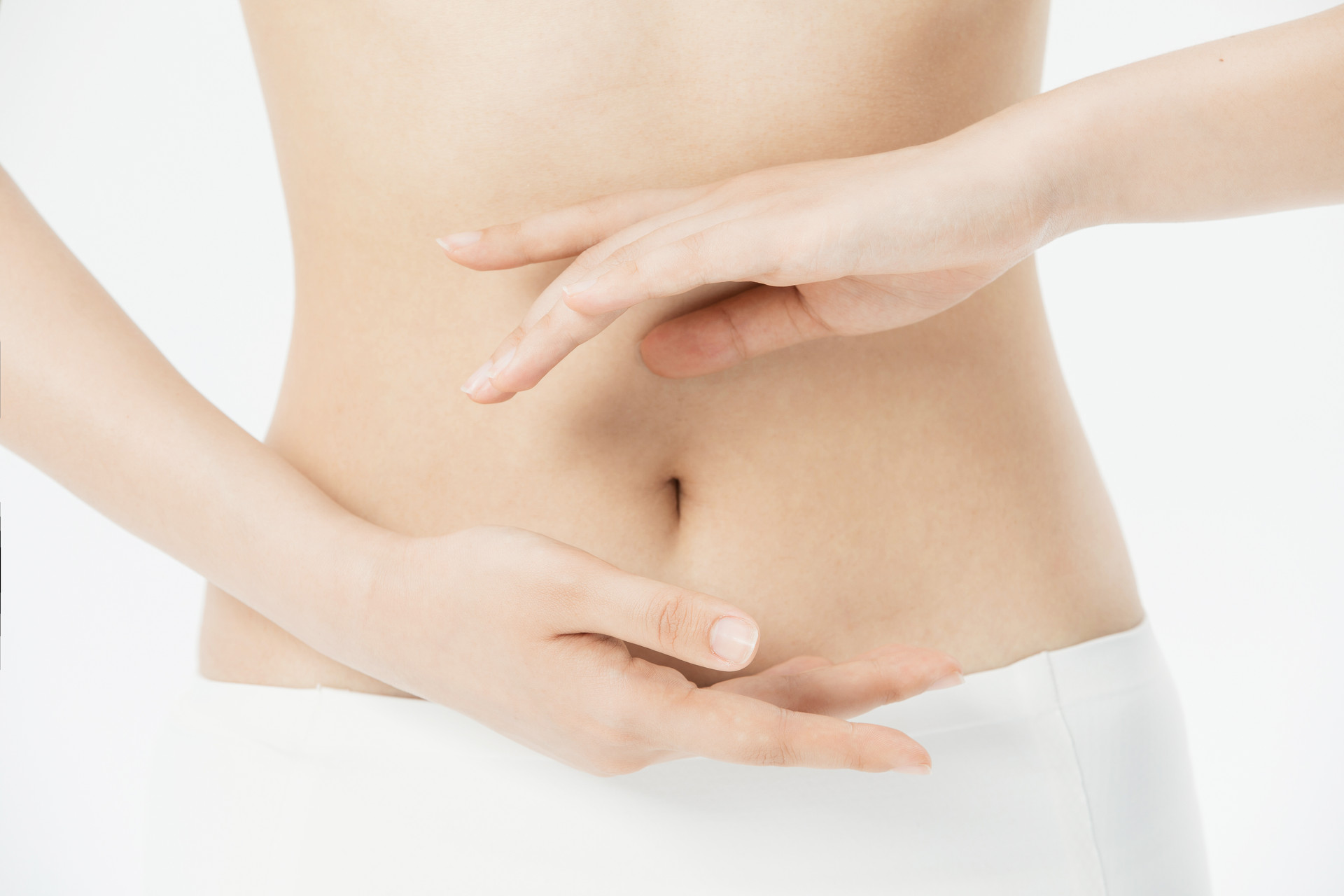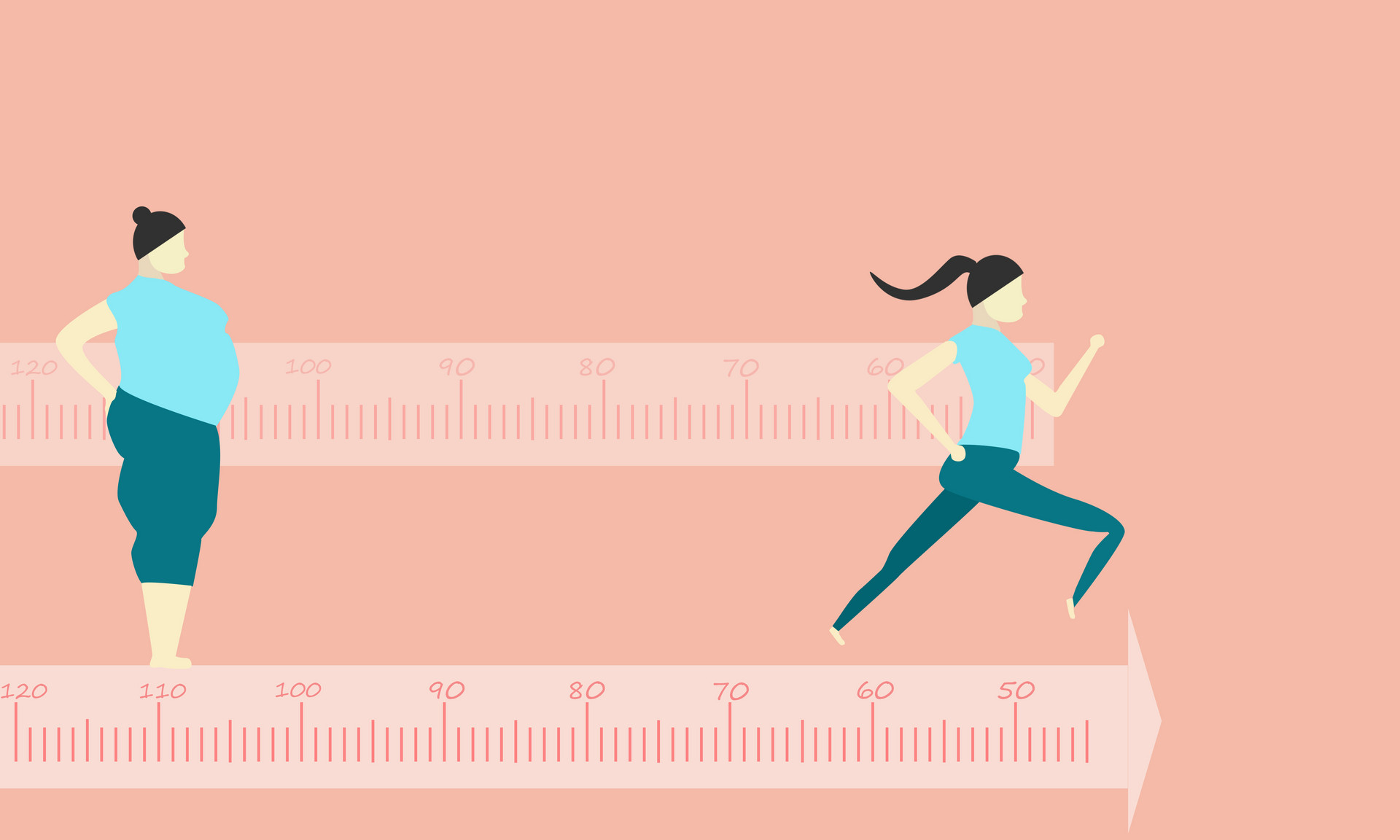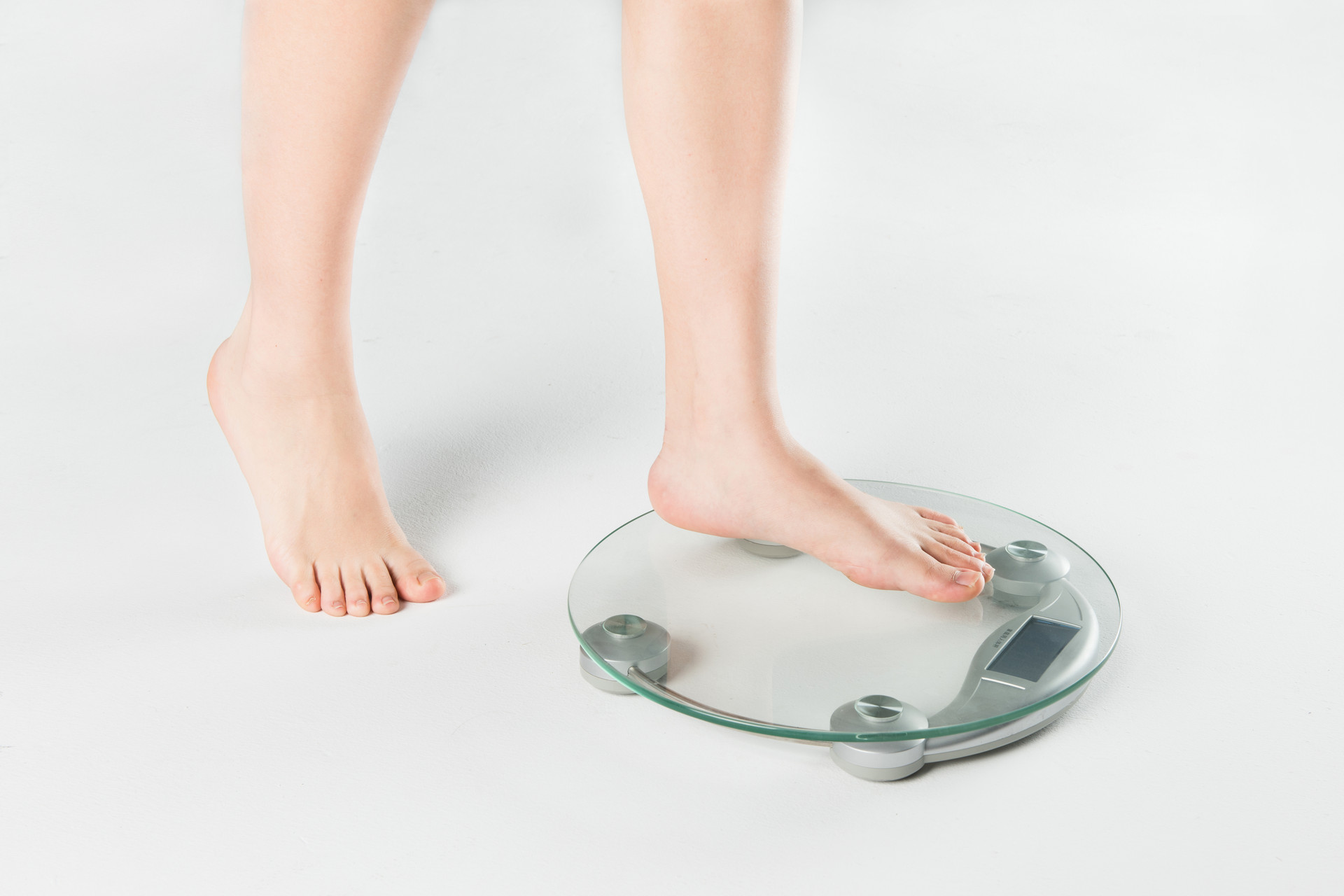In this era where being thin is considered beautiful, there are various methods of weight loss available. The key to successful weight loss lies in choosing the right method that suits your body. Here, I will share six weight loss methods from traditional Chinese medicine.
1. Dampness Dispelling Method
This method is used for individuals who accumulate dampness and waste in their bodies due to poor spleen and stomach function, resulting in a condition known as "spleen deficiency and dampness stagnation." These individuals often experience abdominal bloating, dizziness, pale complexion, fatigue, lower limb edema, loose stools, white greasy tongue coating, and thin and slippery pulse. This type of obesity is more common in middle-aged and elderly individuals, especially women.
If the spleen and stomach function is impaired due to long-term improper diet and the decline of body functions with age, the metabolic function and digestion of the spleen and stomach will be affected, leading to body swelling and obesity.
Treatment principle: Strengthen the spleen and eliminate dampness.
Prescription: Representative traditional Chinese medicine formulas include Ze Xie Tang, Er Shu Si Ling Tang, and Fang Ji Huang Qi Tang, as well as Shen Ling Bai Zhu San combined with Qing Xiao Yin with modifications.
2. Phlegm Elimination Method
This method is used for individuals with phlegm-dampness obesity. These individuals tend to have a good appetite and indulge in food, especially greasy and rich foods. They often feel weak, sleepy, and lazy, accompanied by dizziness, chest tightness, or women experiencing infertility and amenorrhea. They may have a greasy or yellow greasy tongue coating and a wiry and slippery pulse. Traditional Chinese medicine believes that "fat people often have phlegm." This type of obesity is mainly caused by overeating fatty and sweet foods, which damages the spleen and stomach, leading to the generation of internal dampness and heat. The dampness transforms into phlegm, which obstructs the meridians and collaterals, causing stagnation of body fluids and resulting in obesity.
Treatment principle: Harmonize the spleen and eliminate phlegm.
Prescription: For mild cases, use Er Chen Tang combined with Ze Xie Tang, San Zi Yang Qin Tang with modifications. For severe cases, use Kong Xian Dan, Dao Tan Tang, etc.
3. Water Elimination Method
This method is used for individuals with spleen deficiency and dampness stagnation obesity. They may experience abdominal distension, edema in the lower limbs, or even generalized edema. They may also have difficulty urinating, a white thin tongue coating, and a slow pulse. There are slight variations in terms of mild or severe water elimination. For mild cases, use Wu Pi Yin, Dao Shui Fu Ling Tang, Xiao Fen Qing Yin. For severe cases, use Zhou Che Wan, Shi Zao Tang, etc. Representative herbal medicines include Sang Bai Pi, Ju Pi, Sheng Jiang Pi, Da Fu Pi, Chi Fu Ling Pi, etc. These herbal medicines are used to eliminate dampness, promote water metabolism, and invigorate the spleen.
There are more weight loss methods in traditional Chinese medicine.
4. Intestinal Cleansing Method
This method mainly focuses on softening the stools. It is often used for individuals who enjoy eating fatty and greasy foods or fried foods, leading to obesity. These individuals often have a large appetite, feel easily hungry, have a flushed face and feel hot, dry mouth, and have a tendency to constipation or dry stool. They are not fond of exercise and easily get breathless when moving. Their tongue coating is yellow and thick, and their pulse is slippery. This type of obesity is common in teenagers, pregnant women, and postpartum weight gain, known as "stomach and intestine heat accumulation type" in traditional Chinese medicine.
According to traditional Chinese medicine, the stomach and spleen are responsible for digestion and absorption. The essence of food is transformed by the stomach into heat, which is then distributed by the spleen to nourish the whole body, including the five zang organs, six fu organs, meridians, and limbs. If excessive food intake leads to excessive production of essence, the burden on the spleen to transform and distribute the essence increases, surpassing the capacity of the spleen. This is not due to insufficient spleen qi but rather an overload, termed "spleen stagnation." As a result, the accumulated essence cannot be distributed by the spleen and instead transforms into adipose tissue, leading to obesity.
Treatment principle: Clear the stomach, relieve heat, and promote intestinal movement.
Prescription: Options include Da Cheng Qi Tang, Xiao Cheng Qi Tang, Tiao Wei Cheng Qi Tang, or single herb Da Huang Pian, combined with Xiao Cheng Qi Tang with modifications.
5. Appetite Suppression Method
This method is used for individuals with hyperphagia obesity. These individuals have a strong appetite for all types of food and tend to eat large quantities. They are lazy to exercise, experience abdominal fullness, food retention, have tender and smooth skin, red complexion, dry tongue coating, and a slippery and strong pulse.
Representative formulas include Bao He Wan (Hawthorn, Shen Qu, Malt, Ban Xia, Fu Ling, Chen Pi, Lian Qiao, Lai Fu Zi), Zhi Shi Dao Zhi Wan (Rhizoma Gastrodiae, Da Huang, Shen Qu, Fu Ling, Huang Lian, Huang Qin, Bai Zhu, Ze Xie), and San Xian Yin (Hawthorn, Shen Qu, Malt). These formulas are used to promote digestion, eliminate food retention, and transform adipose tissue. For excessive meat retention, hawthorn is used; for excessive facial adipose tissue, shen qu is used; for excessive food retention, malt is used. These three ingredients are combined to form San Xian Yin, which has a certain effect on nutritionally excess obesity.
6. Liver Soothing and Bile Flow Promoting Method
This method is used for individuals with obesity and liver depression and qi stagnation (known as "inability to stretch, sudden stagnation type") or blood stasis. Symptoms include obesity, distending pain in the sides, irritable and easily angered personality, headache, bitter taste in the mouth, yellowing of the eyes, aversion to oily foods, frequent dizziness, fatigue, abdominal distension, yellow tongue coating, red tongue, and a wiry pulse.
Treatment principle: Soothe the liver, regulate qi, clear heat, and reduce fire.
Prescription: Commonly used formulas include Shu Gan Yin, Wen Dan Tang, Shu Gan Yin (Chai Hu, Yu Jin, Jiang Huang, Bo He), Xiao Zhang San, etc.
These herbal medicines are used to nourish yin, clear heat, moisturize the intestines, and promote bowel movements.










